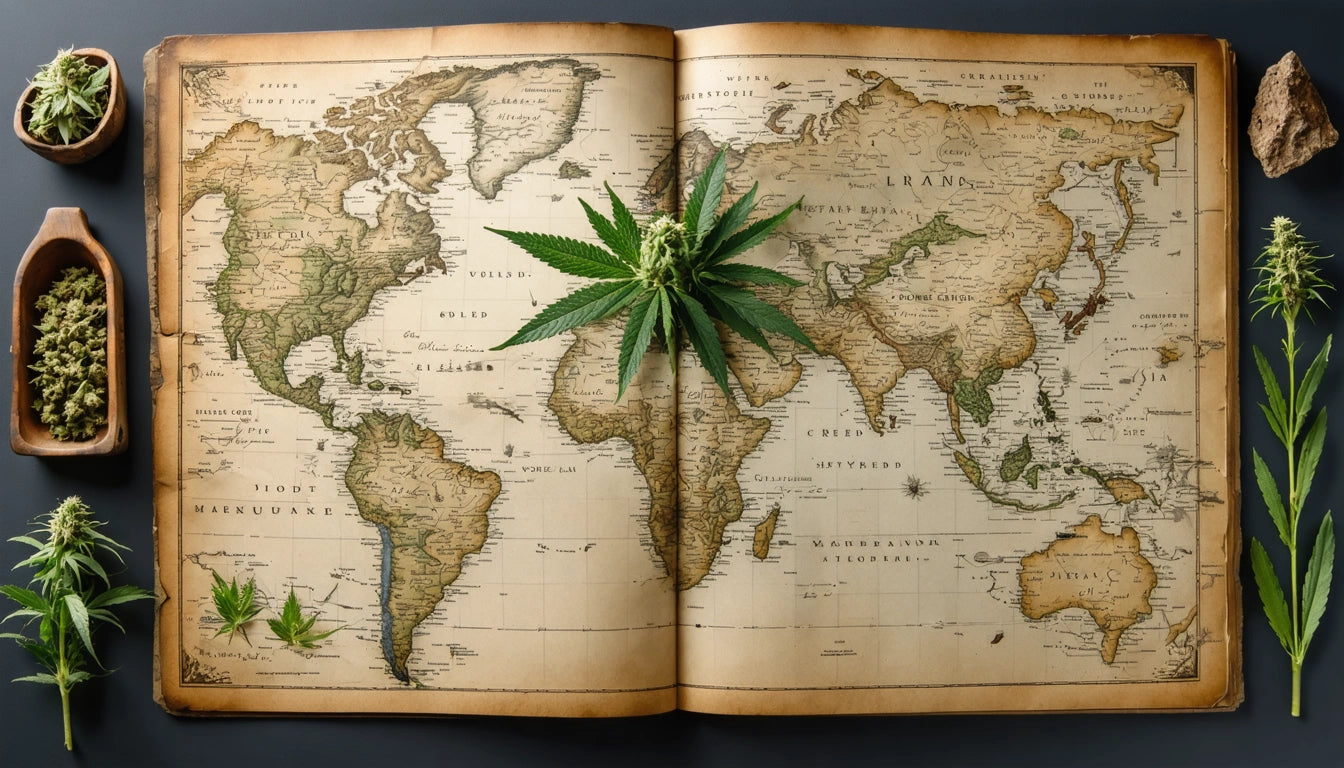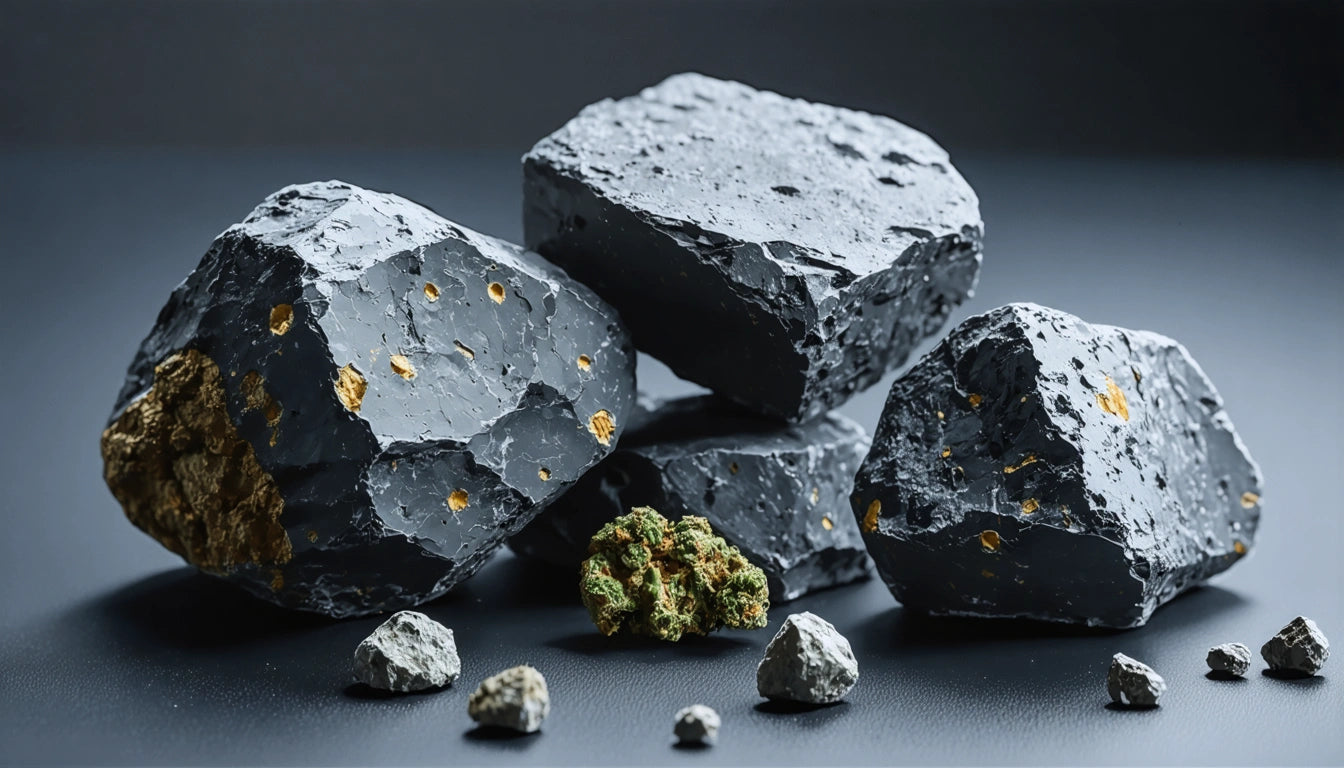Table of Contents
- Geographic Origins of Cannabis: Where Does Weed Come From?
- Early Cultivation and Spread Across Continents
- Historical Uses: What Was Weed Originally Used For?
- Cannabis Species and Varieties: What Plant Does Weed Come From?
- Cultural Significance Throughout History
- Modern Understanding and Appreciation of Cannabis Origins
The Origins and History of Marijuana: Where It Comes From and Its Original Uses
Cannabis has a rich and complex history spanning thousands of years. Understanding where weed comes from provides valuable context for its cultural significance and evolving role in society. This ancient plant has traveled across continents, shaped civilizations, and been utilized for numerous purposes before becoming the controversial and increasingly legalized substance we know today.
Geographic Origins of Cannabis: Where Does Weed Come From?
Cannabis is native to Central Asia, with most evidence pointing to the regions that now include Mongolia and southern Siberia as where marijuana originated. Archaeological findings suggest that cannabis was first cultivated in China and regions surrounding the Caspian Sea approximately 12,000 years ago, making it one of humanity's oldest cultivated crops.
The earliest documented use of cannabis dates back to ancient China around 4000 BCE. Emperor Shen Nung, considered the father of Chinese medicine, included cannabis in his pharmacopeia around 2700 BCE. From these origins, cannabis gradually spread westward through trade routes and human migration.
Early Cultivation and Spread Across Continents
From its Central Asian birthplace, cannabis spread to India, the Middle East, Africa, and eventually Europe. Each culture that encountered this versatile plant adapted its use to local needs and traditions. By 2000 BCE, cannabis had reached the Middle East, and by 1000 BCE, it had spread to India where it became integrated into religious practices.
The plant's journey continued westward, reaching Europe around 500 BCE with the Scythians, nomadic Indo-European peoples who used cannabis in ritual steam baths. Romans and Greeks documented medicinal uses for cannabis, though they primarily valued the plant for its fiber rather than psychoactive properties.
How Cannabis Reached the Americas
Cannabis did not naturally occur in the Americas. It was introduced to the Western Hemisphere through European colonization. Spanish conquistadors brought hemp seeds to Chile in 1545, and the British introduced hemp to North America in the early 1600s. Hemp cultivation was so important to colonial America that in 1619, the Virginia Assembly passed legislation requiring every farmer to grow hemp.
As cannabis spread globally, local cultivators developed specialized storage and preservation techniques for their harvests, which evolved from simple cloth wrappings to today's specialized packaging designed to maintain potency and freshness.
Highlight: Cannabis originated in Central Asia approximately 12,000 years ago, making it one of humanity's oldest cultivated plants before spreading worldwide through trade and migration.
Historical Uses: What Was Weed Originally Used For?
Contrary to modern perceptions, cannabis was not originally cultivated primarily for its psychoactive effects. The earliest documented uses of cannabis fall into several categories:
- Fiber and Textiles: Hemp fibers were used to create rope, cloth, paper, and other materials. Ancient Chinese civilizations particularly valued cannabis for its strong fibers.
- Medicine: Cannabis appears in the world's oldest pharmacopeias. Ancient Chinese, Indian, Egyptian, and Greek texts document its use for treating various ailments including pain, inflammation, and seizures.
- Religious and Spiritual Practices: In India, cannabis became incorporated into Hindu rituals, particularly those honoring the god Shiva. The plant was considered sacred and used in religious ceremonies.
- Food: Hemp seeds were consumed as a nutritional food source, providing protein and essential fatty acids.
The psychoactive use of cannabis, while documented in some ancient cultures, was often secondary to these practical applications. In ancient India, cannabis preparations like bhang were used both medicinally and spiritually, showing an early recognition of the plant's mind-altering properties.
Cannabis Species and Varieties: What Plant Does Weed Come From?
Cannabis belongs to the Cannabaceae family, which also includes hops. While taxonomists debate the exact classification, cannabis is generally divided into three primary species:
- Cannabis sativa: Typically taller plants with narrow leaves, adapted to equatorial climates
- Cannabis indica: Shorter, bushier plants with broader leaves, adapted to harsh, mountainous environments
- Cannabis ruderalis: Small, hardy plants that flower based on age rather than light cycles
These species naturally evolved in different geographic regions, developing distinct characteristics based on climate, altitude, and other environmental factors. Today's cultivated varieties are often hybrids of these original species, creating countless strains with unique properties.
Cultural Significance Throughout History
Cannabis has played important roles in numerous cultures throughout history:
Ancient China
The Chinese used cannabis fiber for making paper as early as 100 BCE. The plant was so valued that the Chinese character for hemp (麻) was among the earliest written symbols. Chinese medicine incorporated cannabis for treating gout, rheumatism, malaria, and other conditions.
India
In India, cannabis has been used in Ayurvedic medicine for thousands of years. The plant is mentioned in the Atharva Veda (a sacred text) as one of the five sacred plants. Cannabis preparations like bhang remain important in Hindu festivals today.
Middle East
Cannabis spread through the Islamic world between 800 and 1000 CE. While the Quran forbids intoxicants, some Sufi orders used cannabis to facilitate mystical experiences. The word "hashish" comes from Arabic, reflecting the Middle Eastern innovation of concentrated cannabis resin.
Understanding where weed originally comes from helps contextualize its complex legal history and current status in different regions of the world.
Modern Understanding and Appreciation of Cannabis Origins
Today's renewed interest in cannabis history has led to greater appreciation for the plant's remarkable journey through human civilization. As legalization spreads globally, researchers are rediscovering ancient cannabis varieties and cultivation techniques that had been lost during prohibition.
Archaeological discoveries continue to push back our understanding of when humans first began using cannabis. Recent findings in Central Asian tombs and Chinese burial sites have revealed cannabis remains dating back thousands of years, confirming the deep relationship between humans and this versatile plant.
The modern cannabis industry, while embracing innovation, often draws inspiration from traditional cultivation and processing methods from regions where marijuana originated. This connection to cannabis's roots provides context for contemporary discussions about its place in medicine, recreation, and culture.
By understanding where weed is native to and what it was originally used for, we gain valuable perspective on current debates surrounding cannabis policy, medical applications, and cultural significance. The plant's journey from Central Asian steppes to global phenomenon represents one of humanity's longest and most complex relationships with a botanical ally.











Leave a comment
All comments are moderated before being published.
This site is protected by hCaptcha and the hCaptcha Privacy Policy and Terms of Service apply.